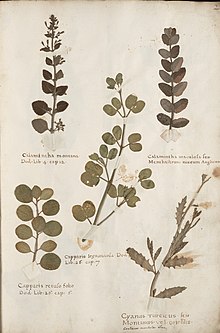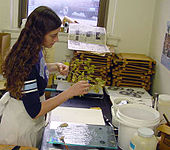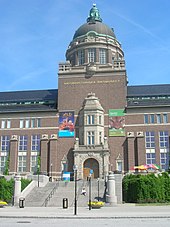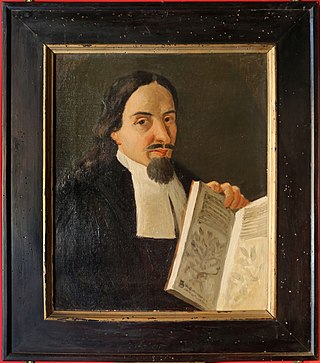
Luca Ghini was an Italian physician and botanist, notable as the creator of the first recorded herbarium, as well as the first botanical garden in Europe.

The Australian National Botanic Gardens (ANBG) is a heritage-listed botanical garden located in Acton, Canberra, in the Australian Capital Territory, Australia. Established in 1949, the Gardens is administered by the Australian Government's Department of Agriculture, Water and the Environment. The botanic gardens was added to the Commonwealth Heritage List on 22 June 2004.
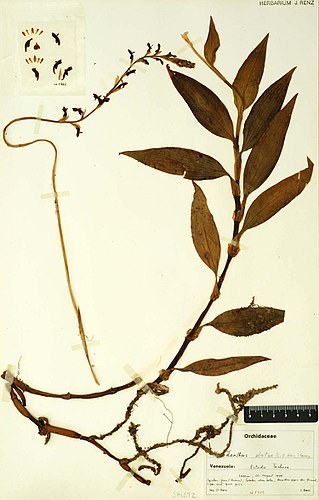
In botany, a virtual herbarium is a herbarium in a digitized form. That is, it concerns a collection of digital images of preserved plants or plant parts. Virtual herbaria often are established to improve availability of specimens to a wider audience. However, there are digital herbaria that are not suitable for internet access because of the high resolution of scans and resulting large file sizes. Additional information about each specimen, such as the location, the collector, and the botanical name are attached to every specimen. Frequently, further details such as related species and growth requirements are mentioned.
James Hamlyn Willis was an Australian botanist. He described 64 new species of plants, and published more than 880 works including the landmark two-volume A Handbook to plants in Victoria between 1962 and 1973.

Plant collecting is the acquisition of plant specimens for the purposes of research, cultivation, or as a hobby. Plant specimens may be kept alive, but are more commonly dried and pressed to preserve the quality of the specimen. Plant collecting is an ancient practice with records of a Chinese botanist collecting roses over 5000 years ago.
The Blatter Herbarium (BLAT), in St. Xavier's College, Mumbai, is a major Herbarium in India. It is listed in the Index Herbariorum, published by the International Association for Plant Taxonomy and New York Botanical Garden. The Herbarium specializes in the vascular plants of western India; algae, mosses, and fungi of Mumbai; seed samples of medicinally and economically important plants of Maharashtra, and wood samples of Maharashtra. The institute holds the largest botanical collection in western India.

William Ramsay McNab was a Scottish physician and botanist.

The National Herbarium of Victoria is one of Australia's earliest herbaria and the oldest scientific institution in Victoria. Its 1.5 million specimens of preserved plants, fungi and algae—collectively known as the State Botanical Collection of Victoria—comprise the largest herbarium collection in Australia and Oceania.
The United States National Herbarium is a collection of five million preserved plant specimens housed in the Department of Botany at the National Museum of Natural History, which is part of the Smithsonian Institution. It represents about 8% of the plant collection resources of the United States and is one of the ten largest herbaria in the world.

A scientific collection is a collection of items that are preserved, catalogued, and managed for the purpose of scientific study.
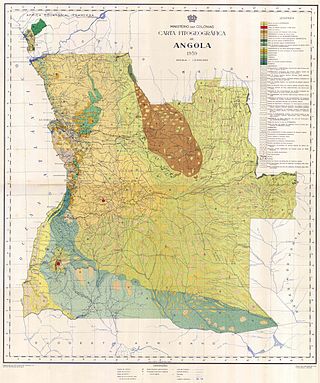
Johannes Gossweiler aka John Gossweiler or João Gossweiler, was state botanist to the Government of Angola from 1899 until his death. He made important collections in every district of Angola and created the first phytogeographic map of that country. His collections of African plant specimens were sent regularly to Lisbon, the British Museum, the Royal Botanic Gardens, Kew, and the University of Coimbra. Duplicates were also kept at the Herbarium of the Instituto de Investigação Agronómica in Angola. Today, many herbaria contain specimens he collected.
The Index Herbariorum provides a global directory of herbaria and their associated staff. This searchable online index allows scientists rapid access to data related to 3,400 locations where a total of 350 million botanical specimens are permanently housed. The Index Herbariorum has its own staff and website. Over time, six editions of the Index were published from 1952 to 1974. The Index became available on-line in 1997.

The National Herbarium of New South Wales was established in 1853. The Herbarium has a collection of more than 1.4 million plant specimens, making it the second largest collection of pressed, dried plant specimens in Australia, including scientific and historically significant collections and samples of Australian flora gathered by Joseph Banks and Daniel Solander during the voyage of HMS Endeavour in 1770.
The conservation and restoration of herbaria includes the preventive care, repair, and restoration of herbarium specimens. Collections of dried plant specimens are collected from their native habitats, identified by experts, pressed, and mounted onto archival paper. Care is taken to make sure major morphological characteristics are visible. Herbaria documentation provides a record of botanical diversity.
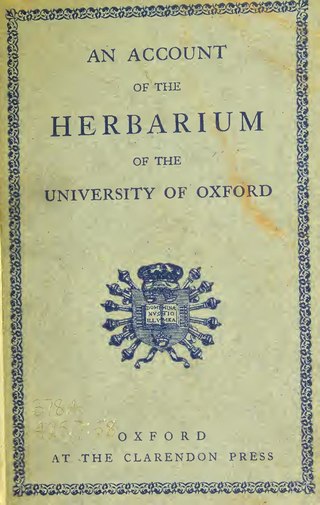
Fielding-Druce Herbarium, part of the Department of Biology, University of Oxford, located on South Parks Road, in Oxford, England. A herbarium is a collection of herbarium sheets, with a dried pressed specimen of the botanic species, whether they were bound into a book by one dedicated individual, or have been amassed into huge collections. They are like plant ID cards. As paper was expensive, multiple specimens are normally mounted on one sheet. The 2 cores of the Herbarium collection, are bequeathed to the University from Henry Fielding (1805-1851) containing a non-British and Irish collection. It also covers most taxonomic groups and geographical areas. It is particularly rich in nineteenth century material from the Americas and south and south east Asia. The other core a British and Irish collection from George Claridge Druce (1850-1932) in 1932, this is particularly rich in specimens from Oxfordshire, Buckinghamshire and Berkshire. Other collections were added later.
The Australasian Virtual Herbarium (AVH) is an online resource that allows access to plant specimen data held by various Australian and New Zealand herbaria. It is part of the Atlas of Living Australia (ALA), and was formed by the amalgamation of Australia's Virtual Herbarium and NZ Virtual Herbarium. As of 12 August 2014, more than five million specimens of the 8 million and upwards specimens available from participating institutions have been databased.

Patricia Holmgren is an American botanist. Holmgren's main botanical interests are the flora of the U.S. intermountain west and the genera Tiarella and Thlaspi. Holmgren was the director of the herbarium at the New York Botanical Garden from 1981–2000, and editor of Index Herbariorum from 1974–2008.
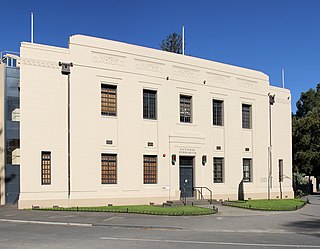
The State Botanical Collection of Victoria, usually referred to simply as the "State Botanical Collection", at the National Herbarium of Victoria at the Royal Botanic Gardens Victoria is the single largest herbarium collection in Australia and wider Oceania.
